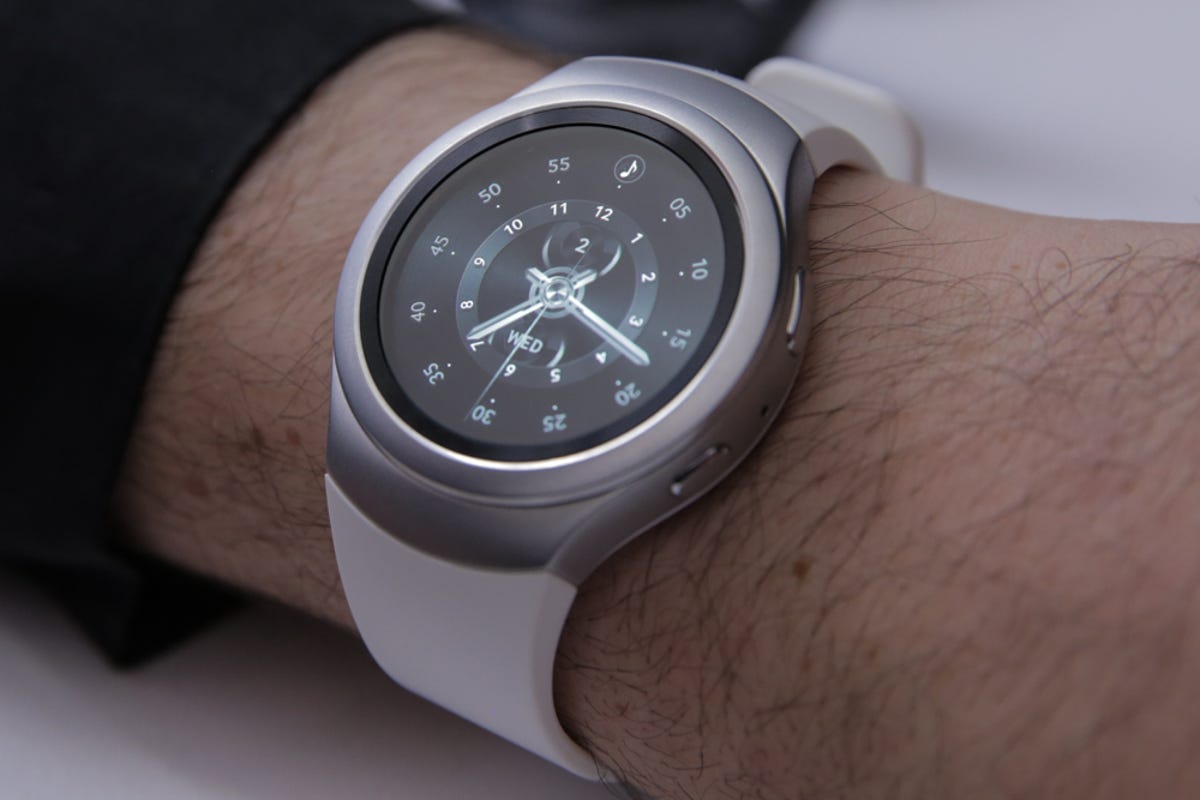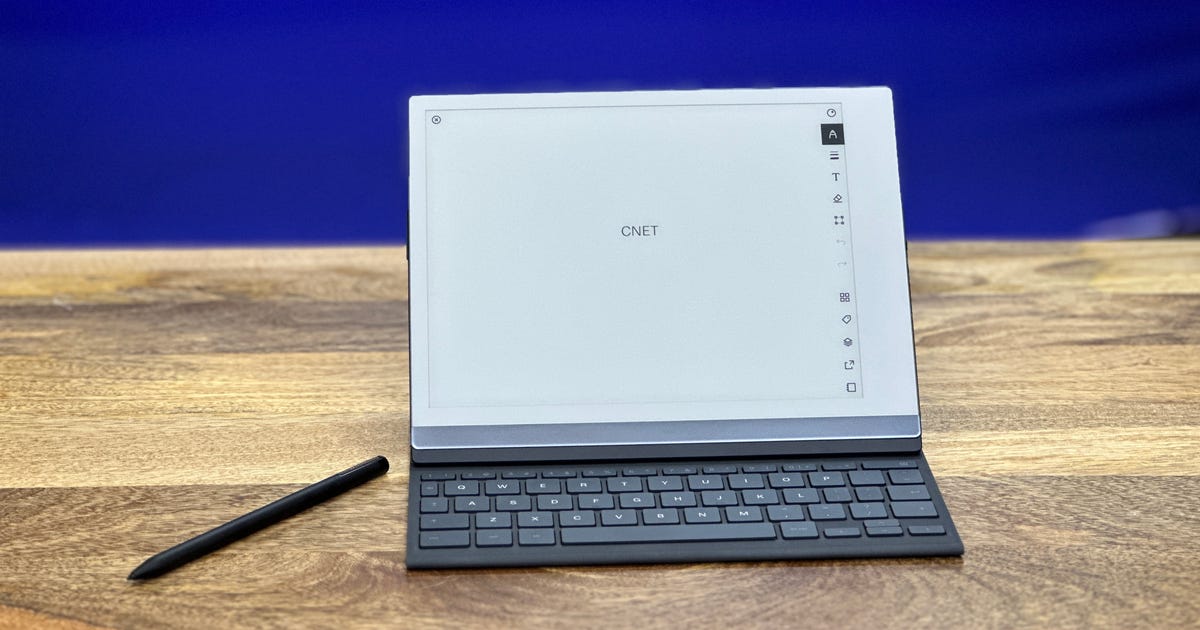 Enlarge Image
Enlarge ImageTyler Lizenby/CNET
Samsung is going back to basics with the Galaxy Gear S2. With no notable hits in what is now a maturing smartwatch market, the South Korean electronics behemoth has built the new device, which goes on sale today, from the ground up.
In the face of plummeting smartphone profits, the battle for supremacy in the wearable market is all the more important for Samsung — especially in light of rival Apple’s success. The Californian company’s Apple Watch is now the the second most popular wearable device, trailing only market leader Fitbit.
So Samsung has rethought the way consumers interact with its smartwatches, according to the Gear S2’s principle designer Eunjoo Kim and senior designer Jaehyung Hong, who spoke to CNET at a launch event in Singapore.
“A smartwatch needs to be a watch first and foremost. A watch shouldn’t require any learning curve,” Kim said. “You should be able to look at and know how to use the device. Once the smartwatch is placed on the wrist, we wanted consumers not to see it as a smartwatch but rather just a watch.”
The team felt that the first Galaxy Gear S, which was square with a screen that curved around your wrist, was too different from a normal wristwatch to resonate with people. The device received a mixed reaction upon its release, being praised for its ambitious design but criticised for not living up to its potential.
According to Kim, the team decided to go with the circular design in an attempt to make the smartwatch feel more like a watch and less like a complicated, high-tech accessory.
Hong reasoned: “90 percent of all watches in the market today are circular; people are comfortable with such designs.”

 Enlarge Image
Enlarge ImageTyler Lizenby/CNET
This is what led to Gear S2’s most interesting feature: the rotating bezel, which allows a user to navigate menus using the outside of the watch like a pre-touchscreen iPod.
“The circular screen has less space to display information, and when people touch the screen to control the interface, they sometimes block the screen,” Hong explained. “When they rotate the bezel to control the device, there is no interruption of the screen, plus it is quick, easy and very accurate.”
Samsung has decided to stick with Tizen as its operating system of choice, as opposed to Google’s Android Wear. The first Gear S used Tizen, and as a result could only operate apps from the relatively sparse Gear App Store. Still, Samsung is bullish on the open-source OS.
“We went with Tizen because it gives a lot of flexibility. It’s a Web app-based technology and really enables our partners to easily adapt the UI in any different form factors,” said Kim.
One downside to using Tizen was that the change in shape from the Gear S, which was square, required a tremendous amount of work from Samsung’s software engineers, who had to completely reconfigure the user experience.
“We had to develop over a hundred prototypes and do a lot of user tests to make sure that it is really intuitive and easy to use,” Kim said.
With a good deal riding on the device’s popularity, both designers are confident.
“We will need to see the market and how the market will respond,” said Kim. “We have a lot of hope that the device will get really good market responses. We are confident that our customers will love the product as much as we do.”




